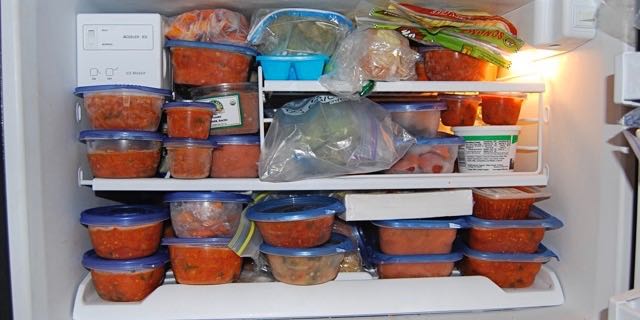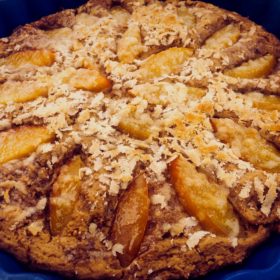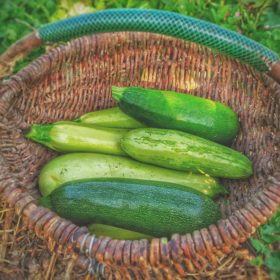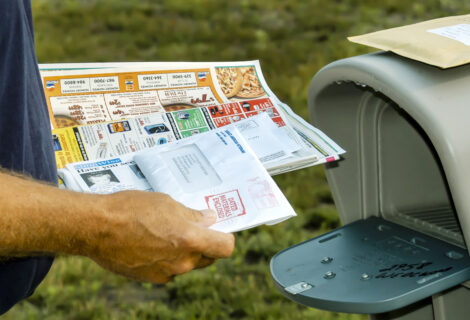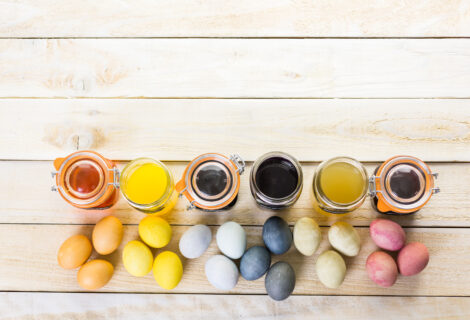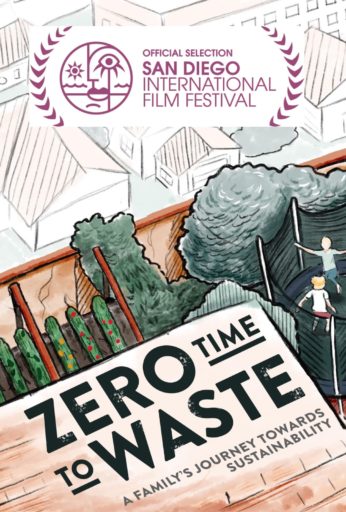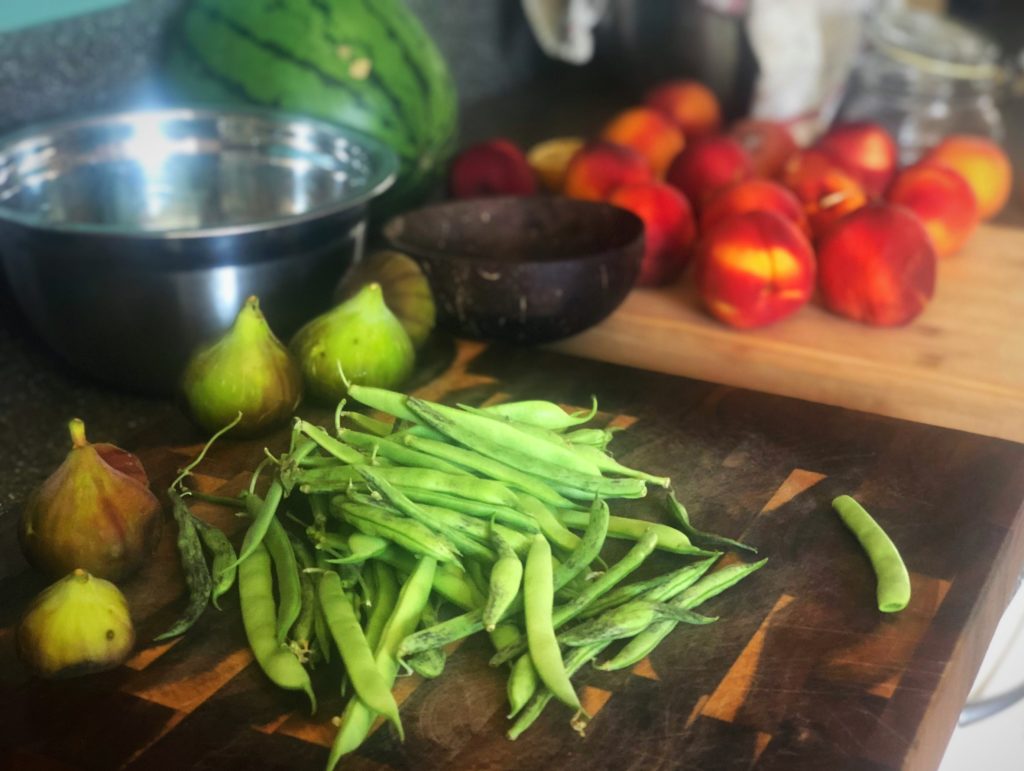
It might now feel like it but fall is approaching and for us who grow food it means it’s harvest and preserving time. I’m preserving a lot of the summer’s goodies by freezing them to have lots of food for the winter. We already have covered how to preserve food by canning, so let’s talk about freezing fruits and veggies.
Freezing vegetables is a fast, easy form of food preservation. Actually, asparagus, broccoli, green beans, peppers, summer squash, dark leafy greens and all types of juicy berries will actually be preserved best if frozen.
Always use very fresh vegetables and fruits when preserving them. Since vegetables contain enzymes that break down vitamin C in a short time, they need to be blanched before freezing to neutralize the enzymes. To blanch vegetables, first trim and wash vegetables carefully. Cut into desired sizes to make their preparation and cooking, once thawed, easy.
To blanch vegetables:
· Bring a large pot of water to a boil. (Use at least 1 gallon of water per pound of vegetables.)
· Add the vegetables to the water.
· Once the water returns to a boil, cook the vegetables 1 to 2 minutes or until just done.
· Remove the vegetables from the boiling water with a slotted spoon and transfer them immediately to a bowl of ice water until they are completely chilled.
· Drain the vegetables completely before freezing.
Fruits do not need blanching before freezing, nor do tomatoes. Simply wash and remove cores from tomatoes, then freeze them individually on a tray. When frozen solid, place them in a zip lock bag or container. When a recipe calls for diced tomatoes, just defrost a couple, place in a blender and, voila, you have the freshest diced tomatoes. I also like to freeze berries and fruits first on a tray, then place in a container, allowing their removal a handful at a time. Make sure to remove as much air as possible from within the freezer container to reduce chances of freezer burn, which will spoil the food. If using zip-close freezer bags, you must squeeze out the air by hand.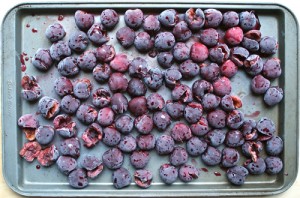
A tip I like to share is that I create bags of mixed veggies such as onion, leeks, carrots, beets, corn and kale, for example, to have a very fast dinner bag available. This way, I can simply toss it all into a pan with some vegetable stock and make an amazing soup by adding tomatoes, grains or beans.
Make sure to label everything you put into the freezer. Stack it well to keep things organized and to reduce the risk of forgotten foods.
To learn more about freezing fruits and vegetables go here:
http://www.designmom.com/2013/05/living-well-11-secrets-to-properly-freezing-produce/
http://www.pickyourown.org/freezing_broccoli.htm
http://naturesnurtureblog.com/2012/05/24/how-to-freeze-fresh-fruit/


